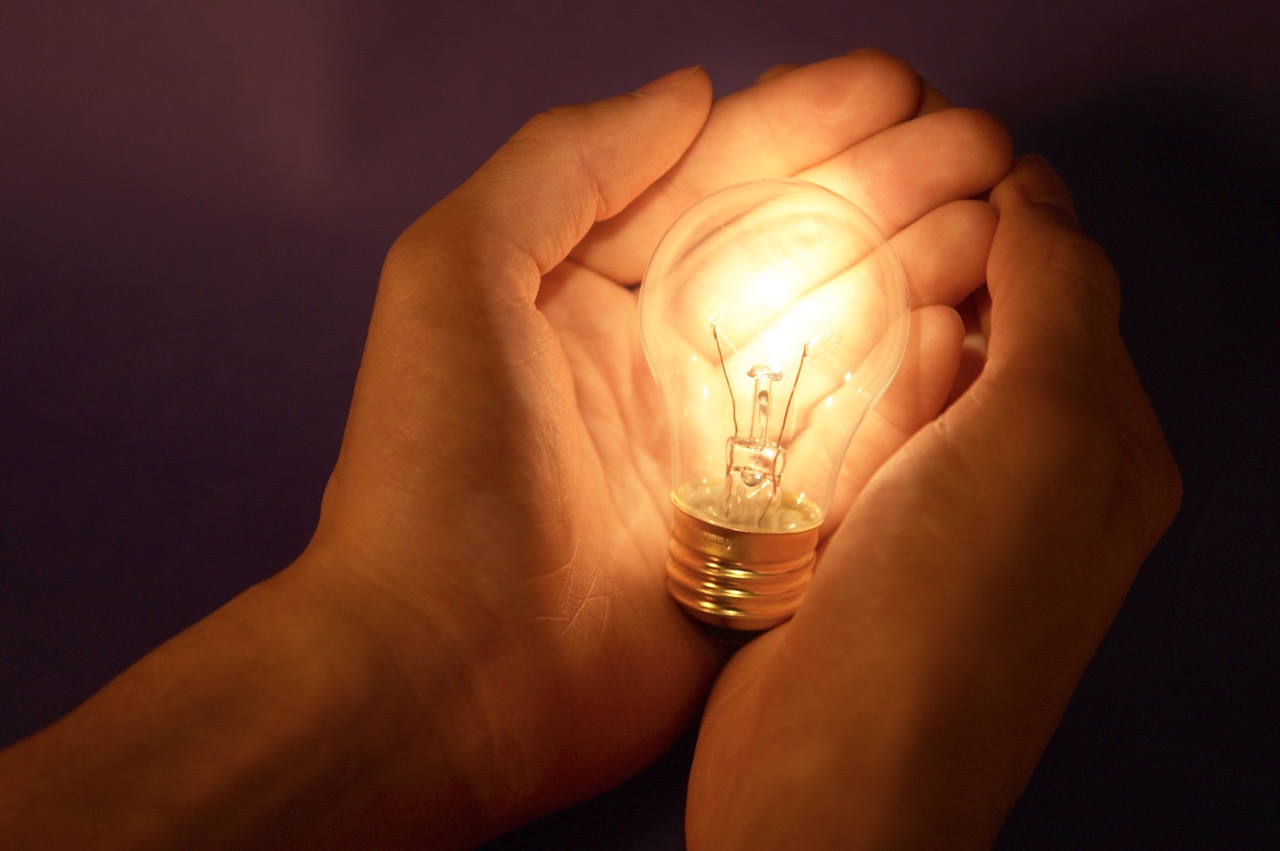

Articles
How Did Light Bulb Impact The World
Modified: February 24, 2024
Explore the significant impact of light bulbs on the world's transformation. Discover fascinating articles on the revolutionary invention that illuminated mankind's path to progress.
(Many of the links in this article redirect to a specific reviewed product. Your purchase of these products through affiliate links helps to generate commission for Storables.com, at no extra cost. Learn more)
Introduction
The invention of the light bulb is considered to be one of the most significant achievements in human history. It revolutionized the way we live, work, and interact with the world around us. Before the invention of the light bulb, our lives were dictated by the rising and setting of the sun. Darkness imposed limitations on various aspects of daily life, from work productivity to leisure activities.
The light bulb changed all of that. It provided a reliable and accessible source of artificial light, freeing humanity from the constraints of natural daylight. This breakthrough innovation paved the way for numerous societal advancements, impacting nearly every aspect of our lives.
In this article, we will explore the history of the light bulb, its impact on society, and how it has influenced technological and environmental advancements. We will also delve into the economic and innovation-driven effects it has had on the world. Join us as we unravel the fascinating story behind this illuminating invention.
Key Takeaways:
- The invention of the light bulb revolutionized society, extending working hours, improving safety, and fostering social and cultural shifts, leading to economic growth and technological advancements.
- The light bulb’s impact on innovation extended beyond lighting, spurring advancements in engineering, materials science, energy efficiency, and consumer electronics, shaping the trajectory of technological progress.
The Invention of the Light Bulb
The invention of the light bulb is attributed to Thomas Edison, a renowned American inventor and entrepreneur. In 1879, after years of experimentation and refinement, Edison successfully developed a practical and commercially viable incandescent light bulb.
Edison’s light bulb used a filament made of carbonized bamboo that glowed when an electric current passed through it. This marked a significant improvement over earlier attempts by other inventors, who had used less efficient and short-lived materials as filaments.
Edison’s breakthrough was not just in the creation of the light bulb itself, but also in the development of a complete electric lighting system. He designed and implemented a centralized power generation and distribution infrastructure, allowing electricity to be delivered to homes and businesses. This made the light bulb accessible to a wider audience, transforming it from a novelty to an everyday necessity.
The invention of the light bulb was a result of countless experiments, failures, and persistence. Edison famously said, “I have not failed. I’ve just found 10,000 ways that won’t work.” This determination and commitment to innovation ultimately led to the creation of a device that would change the world forever.
The Impact of the Light Bulb on Society
The adoption of the light bulb had a profound impact on society, transforming the way people lived, worked, and interacted with their surroundings. Here are some key ways in which the light bulb revolutionized society:
- Extended Working Hours: Prior to the invention of the light bulb, work was limited to daylight hours. With the introduction of electric lighting, businesses were able to extend their operating hours, increasing productivity and opening up new possibilities for nighttime industries such as entertainment and hospitality.
- Improved Quality of Life: The light bulb brought a newfound sense of convenience and comfort to everyday living. Indoor spaces could be illuminated in a way that mimicked daylight, enhancing visibility and reducing the reliance on candles and gas lamps.
- Enhanced Safety and Security: Electric lighting allowed for increased safety in both residential and public spaces. Streets became well-lit, reducing the risk of accidents and improving overall security. Homes and businesses were no longer dependent on open flames, reducing the risk of fire hazards.
- Education and Learning Opportunities: The availability of electric lighting in schools and universities allowed for evening classes and extended study hours, providing access to education for a wider population. This contributed to increased literacy rates and improved educational outcomes.
- Social and Cultural Shifts: The light bulb enabled the rise of the modern city and urban lifestyle. The vibrant nightlife, illuminated public spaces, and the emergence of new industries and entertainment venues fostered social interactions and cultural exchanges.
- Transportation Advancements: Electric lighting played a crucial role in the development of transportation systems. It enabled the creation of illuminated railway networks, safer navigation for ships, and eventually, the introduction of electric streetcars.
These are just a few examples of the far-reaching impact that the light bulb had on society. It completely transformed the way we live, work, and move through the world, opening up endless possibilities and opportunities for progress.
Advancements in Technology and Manufacturing
The invention of the light bulb spurred significant advancements in technology and manufacturing processes. Here are some key developments that were influenced by the light bulb:
- Improved Lighting Technology: The incandescent light bulb was just the beginning. Over time, advancements in lighting technology led to the development of more energy-efficient and longer-lasting bulbs. From compact fluorescent bulbs to the now prevalent LED lights, these advancements have contributed to reducing energy consumption and environmental impact.
- Electrification of Industries: The adoption of electric lighting prompted the widespread electrification of industries. Factories, warehouses, and workplaces were equipped with electric power, improving productivity and efficiency. This not only transformed the manufacturing sector but also opened up possibilities for the development of new industries.
- Mass Production: The demand for light bulbs triggered a shift towards mass production techniques. Automation and machinery were employed to streamline the manufacturing process. This led to increased production capacity, reduced costs, and made light bulbs more affordable and accessible to the general public.
- Infrastructure Development: The widespread adoption of electric lighting required the development of extensive infrastructure. Power plants were built, transmission lines were laid, and distribution systems were established. This infrastructure laid the foundation for future advancements in the electrical grid and paved the way for the electrification of other areas of life.
- Research and Development: The invention of the light bulb sparked a wave of innovation and research in the field of electrical engineering. Scientists and inventors continued to explore and discover new possibilities for electricity and lighting. This R&D led to breakthroughs in various areas, including the development of new materials, energy-saving technologies, and improved electrical systems.
These advancements in technology and manufacturing were not limited to the light bulb alone. They had far-reaching implications on multiple industries and set the stage for future technological innovations. The quest for better lighting solutions paved the way for the development of diverse electrical products and the integration of electricity into our daily lives.
Revolutionizing Urban Life
The widespread adoption of the light bulb had a transformative impact on urban life, revolutionizing the way cities were designed and experienced. Here are some ways in which the light bulb reshaped urban environments:
- Nighttime Economy: The availability of electric lighting extended the hours of operation for businesses, creating a vibrant nighttime economy. Restaurants, theaters, and other entertainment venues could now thrive after sunset, contributing to the social and cultural fabric of cities.
- Street Lighting: Electric street lighting replaced gas lamps and candles, making urban streets safer and more accessible at night. Well-lit streets reduced crime rates, improved navigation, and fostered a sense of security for pedestrians and public transportation users.
- Architectural Illumination: The introduction of electric lighting enabled the dramatic illumination of architectural landmarks and buildings. Skyscrapers, bridges, and monuments could now be showcased at night, adding a new dimension to urban aesthetics and enhancing the overall beauty of cities.
- Rise of Skyscrapers: Electric lighting played a crucial role in the rise of tall buildings. With the ability to illuminate multiple floors, skyscrapers could accommodate more workers and businesses. This vertical expansion transformed city skylines and allowed for efficient land use in crowded urban areas.
- Nighttime Transportation: Electric lighting revolutionized nighttime transportation. Trains, trams, and buses could now operate during the night, providing convenient options for commuters and expanding mobility options beyond daylight hours.
- Parks and Public Spaces: Parks and public spaces were no longer limited by daylight hours. Electric lighting allowed for extended hours of operation, enabling people to enjoy outdoor activities and social gatherings well into the evening.
These changes in urban life were not only functional but also had a profound impact on the social and cultural fabric of cities. The nighttime economy, illuminated architecture, and vibrant street life created a new sense of vibrancy and excitement, shaping urban identities and enhancing the quality of life for city dwellers.
The invention of the light bulb revolutionized the world by providing a reliable and efficient source of artificial light, which in turn enabled longer working hours, increased productivity, and improved quality of life for people around the globe.
Read more: How Did The Seed Drill Impact Society
Economic Impacts
The invention of the light bulb brought about significant economic impacts, both in terms of direct and indirect effects. Here are some key economic implications of the widespread adoption of the light bulb:
- Increased Productivity: The availability of electric lighting extended working hours, leading to increased productivity in various sectors. Industries could operate around the clock, maximizing output and efficiency. This boosted economic growth and created new job opportunities.
- Growth of Nighttime Industries: Electric lighting enabled the development of nighttime industries such as entertainment, hospitality, and retail. Restaurants, theaters, and shops could now cater to customers after sunset, generating additional revenue and expanding their customer base.
- Employment Opportunities: The adoption of electric lighting created demand for electrical engineers, technicians, and workers involved in the production and maintenance of lighting systems. This led to job creation and the development of new career paths in the field of electrical engineering.
- Infrastructure Investments: The widespread use of electric lighting required significant infrastructure investments, such as the establishment of power plants, transmission lines, and electrical grids. These infrastructure projects stimulated the economy, creating jobs and technological advancements in the construction and energy sectors.
- Expansion of Markets: With the advent of the light bulb, companies found new opportunities to market their products and services. From light bulb manufacturers to businesses that catered to the growing nighttime economy, there was an expansion of markets and new avenues for revenue generation.
- Technological Innovation: The development and improvement of lighting technology drove innovation in other industries. The demand for more efficient and longer-lasting light bulbs spurred advancements in materials science, electrical engineering, and energy efficiency. These innovations had ripple effects throughout the economy, leading to the development of new technologies and products.
The economic impacts of the light bulb were far-reaching, contributing to the growth and development of industries, job creation, and technological advancements. The widespread adoption of electric lighting opened up new economic opportunities and played a crucial role in shaping the modern economy we know today.
Environmental Impacts
The adoption of the light bulb has had significant environmental impacts, both positive and negative. Here are some key environmental implications of the widespread use of electric lighting:
- Energy Consumption: The use of electric lighting requires energy, and the generation of electricity often involves the burning of fossil fuels. As a result, the increased demand for electric lighting has contributed to higher energy consumption and increased greenhouse gas emissions.
- Transition to Energy-Efficient Lighting: The environmental impacts of electric lighting have led to the development and adoption of energy-efficient lighting technologies. Compact fluorescent bulbs (CFLs) and light-emitting diodes (LEDs) have been introduced as more sustainable alternatives to traditional incandescent bulbs. These energy-efficient options consume less electricity and have longer lifespans, reducing overall energy consumption and environmental impact.
- Reduced Carbon Footprint: The transition to more energy-efficient lighting technologies has resulted in a reduced carbon footprint. LEDs, in particular, consume significantly less energy than incandescent bulbs, resulting in lower emissions of greenhouse gases. This shift towards energy efficiency is an important step in mitigating climate change and reducing environmental harm.
- Resource Conservation: The development of energy-efficient lighting technologies has also contributed to the conservation of natural resources. LED bulbs, for example, have longer lifespans and require fewer replacements compared to incandescent bulbs. This reduces the demand for raw materials and manufacturing processes associated with bulb production.
- Light Pollution: The increased use of electric lighting has led to light pollution, which refers to the excessive and intrusive artificial light that disrupts natural ecosystems and affects wildlife. Light pollution disrupts the natural behaviors of animals, affects their habitats, and interferes with the circadian rhythms of both animals and humans.
- Sustainable Design and Urban Planning: The environmental impact of electric lighting has influenced sustainable design practices and urban planning. Efforts have been made to reduce light pollution, such as the use of shielded lighting fixtures and the implementation of lighting regulations that aim to preserve dark skies.
By recognizing the environmental impacts of electric lighting and embracing energy-efficient technologies, we can minimize the negative consequences while still enjoying the benefits of artificial lighting. Striking a balance between illumination and sustainability is essential in ensuring a greener future.
The Light Bulb’s Influence on Innovation
The invention of the light bulb had a profound influence on innovation, sparking a wave of advancements and discoveries in various fields. Here are some ways in which the light bulb has influenced innovation:
- Electrical Engineering: The development of the light bulb revolutionized the field of electrical engineering. It prompted further research and experimentation in electricity and lighting technology. This led to advancements in electrical systems, the development of new materials, and the exploration of energy-efficient solutions.
- Materials Science: The quest for better light bulb filaments pushed the boundaries of materials science. Inventors and scientists experimented with various materials, leading to the discovery and development of new alloys and techniques. These breakthroughs have since benefitted other industries beyond lighting.
- Energy Efficiency: The light bulb’s high energy consumption and environmental impact prompted a focus on energy efficiency. Engineers and researchers worked towards designing and refining lighting technologies that consume less electricity and last longer. This emphasis on energy efficiency has now extended to other sectors, driving innovation in renewable energy and sustainable solutions.
- Automation and Manufacturing Processes: The demand for light bulbs led to advancements in automation and manufacturing techniques. Mass production methods were employed to meet the growing market needs, setting new standards for efficiency and productivity. These innovations in manufacturing processes have had a lasting impact on various industries.
- Cross-Industry Innovations: The light bulb’s impact extended beyond its immediate applications. The need for electric lighting stimulated innovations in other technology sectors, such as the development of better electrical systems, power distribution networks, and advancements in telecommunications. This interplay of innovations across industries has propelled technological progress as a whole.
- Consumer Electronics: The light bulb has had a significant influence on the development of consumer electronics. Lighting technology advancements led to the miniaturization of electronic components, paving the way for the creation of smaller and more efficient devices. This laid the foundation for the development of smartphones, laptops, and other portable electronic devices that we rely on today.
The light bulb’s influence on innovation extended far beyond its primary purpose of providing artificial lighting. It spurred advancements in engineering, materials science, energy efficiency, manufacturing, and various other fields. Its impact continues to shape the trajectory of technological progress and paves the way for future innovations.
Conclusion
The invention of the light bulb has had a profound and far-reaching impact on our world. Thomas Edison’s invention not only illuminated our lives but also sparked a cascade of advancements and innovations that have transformed society and shaped the modern era.
The adoption of the light bulb revolutionized urban life, extending working hours, improving safety, and fostering social and cultural shifts. It has enabled the growth of industries and expanded economic opportunities. The light bulb has also driven advancements in technology and manufacturing, leading to the development of energy-efficient lighting solutions and infrastructure improvements.
However, the light bulb’s impact is not without its environmental consequences. The increased energy consumption and light pollution associated with its use have prompted a shift towards more sustainable lighting technologies and practices. This transition to energy-efficient lighting has not only reduced our carbon footprint but also stimulated innovation and further advancements in the field.
Furthermore, the light bulb’s influence extends beyond lighting itself. It has acted as a catalyst for innovation in various fields, from electrical engineering to materials science and consumer electronics. The pursuit of better lighting solutions has paved the way for discoveries and breakthroughs that have propelled technological progress as a whole.
In conclusion, the light bulb stands as an iconic symbol of human ingenuity and innovation. Its invention has illuminated our world in more ways than one, shaping our lives, society, and the trajectory of technological advancements. As we continue to embrace energy-efficient lighting and explore new frontiers in innovation, the light bulb’s legacy continues to guide us towards a brighter, more sustainable future.
Frequently Asked Questions about How Did Light Bulb Impact The World
Was this page helpful?
At Storables.com, we guarantee accurate and reliable information. Our content, validated by Expert Board Contributors, is crafted following stringent Editorial Policies. We're committed to providing you with well-researched, expert-backed insights for all your informational needs.

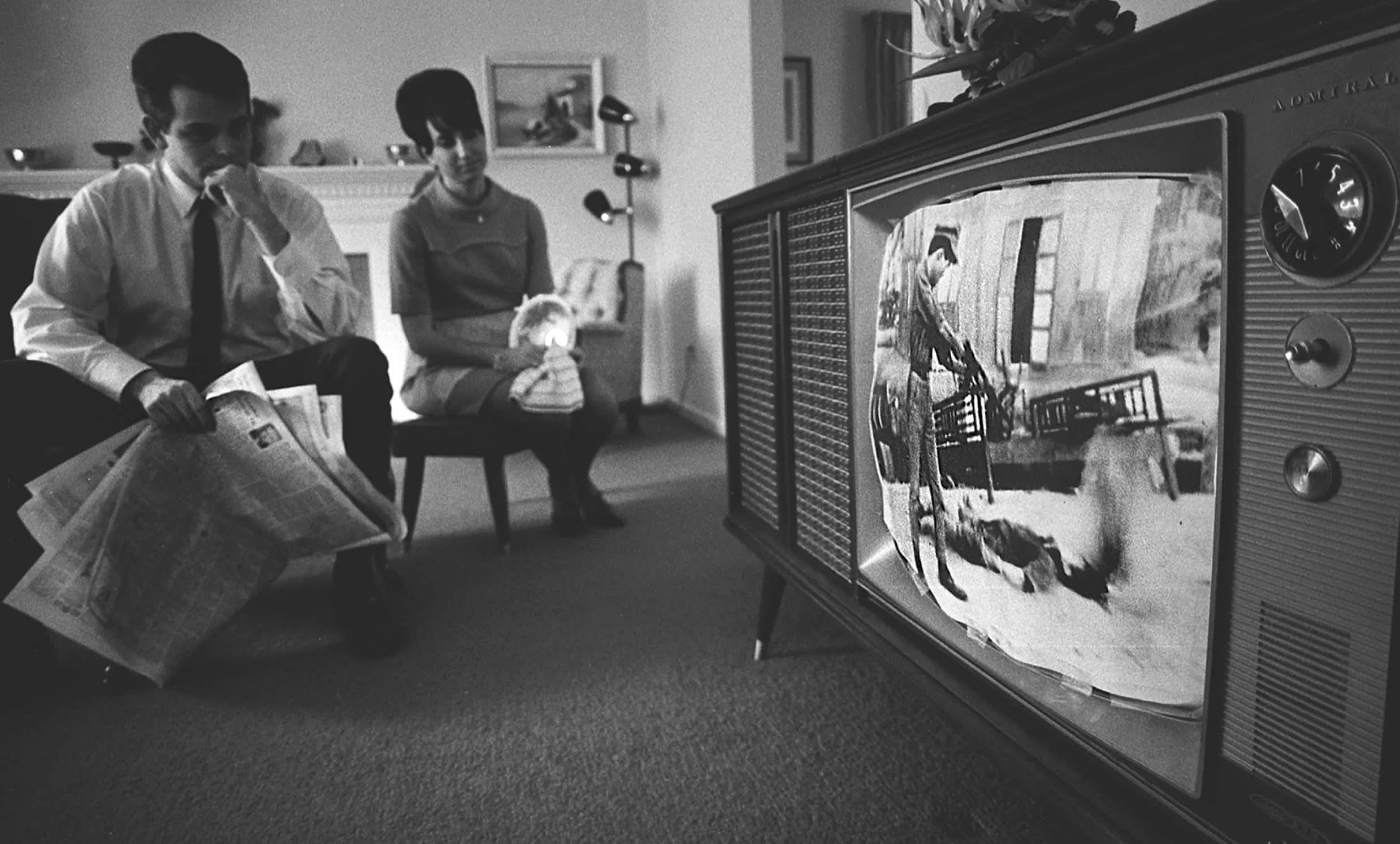

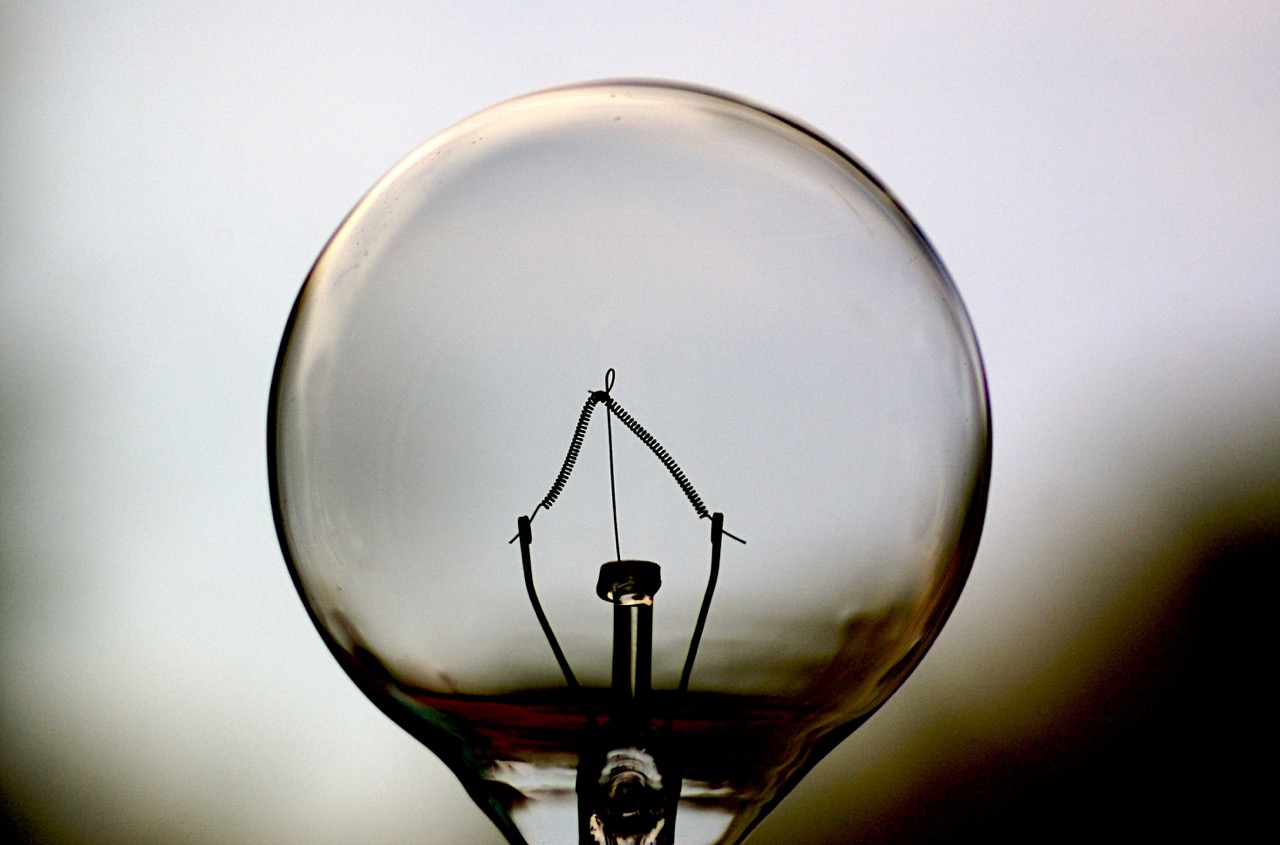

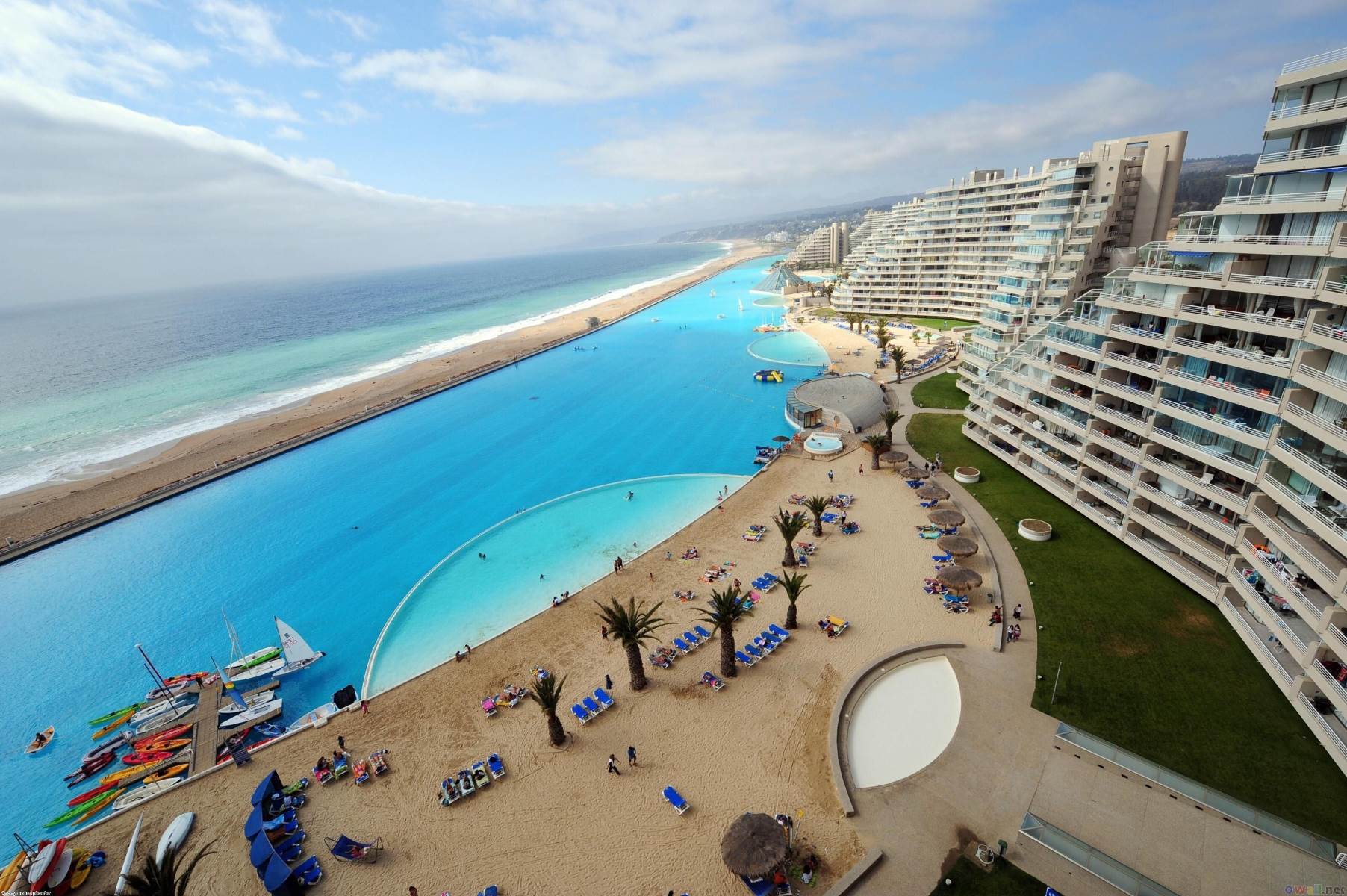


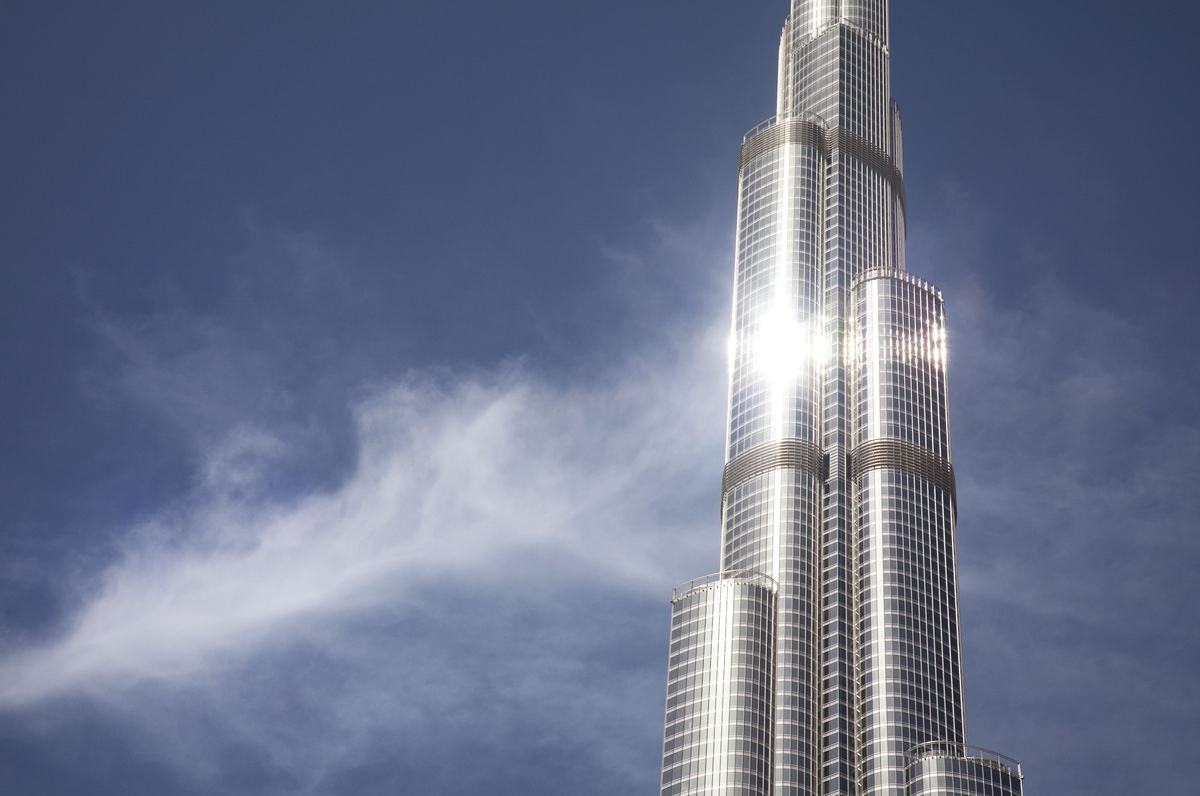
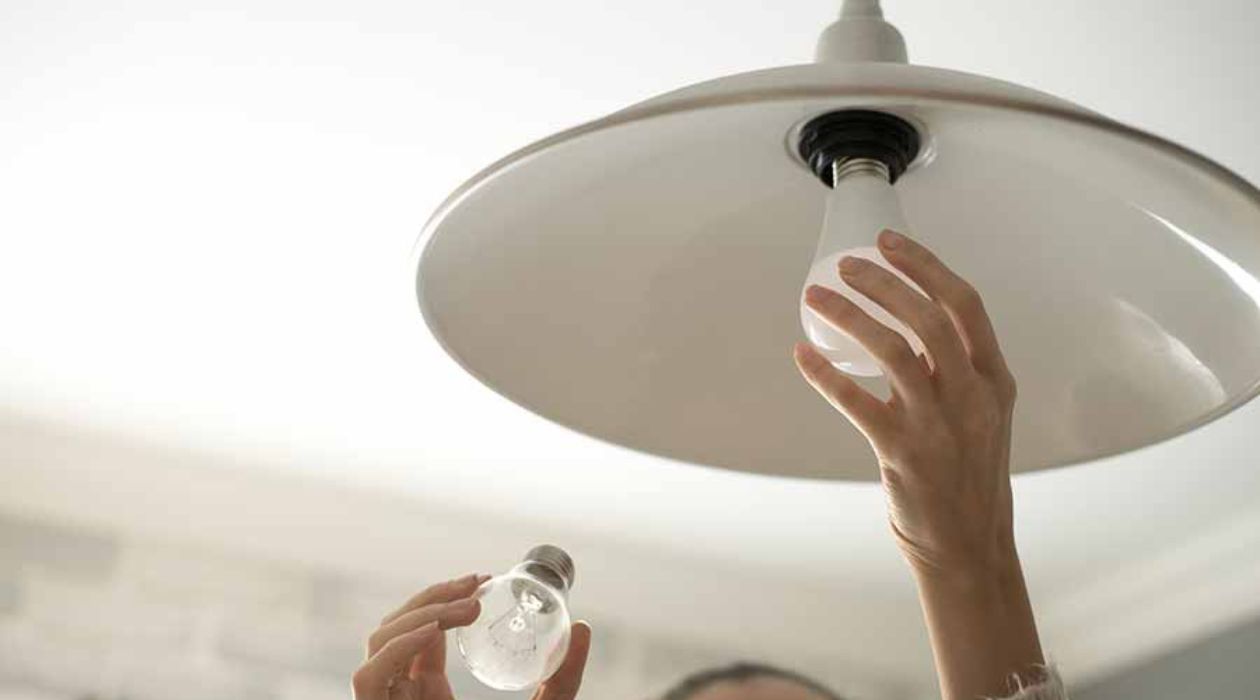
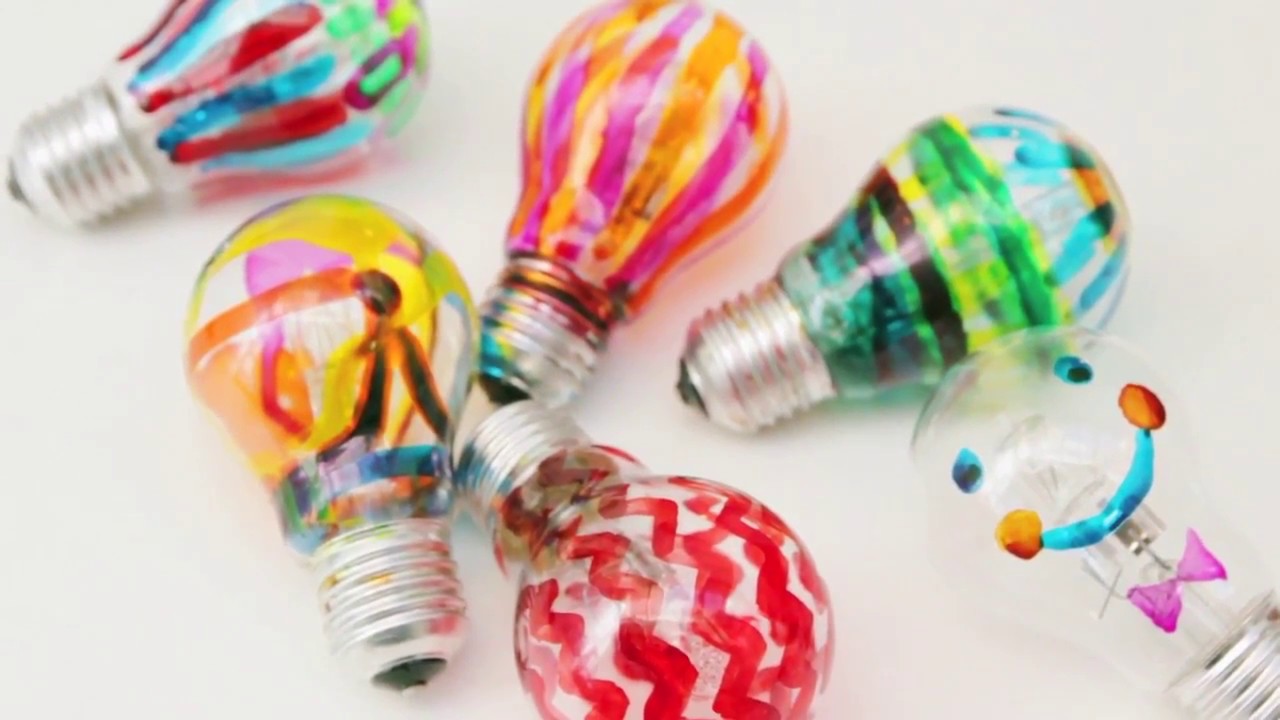
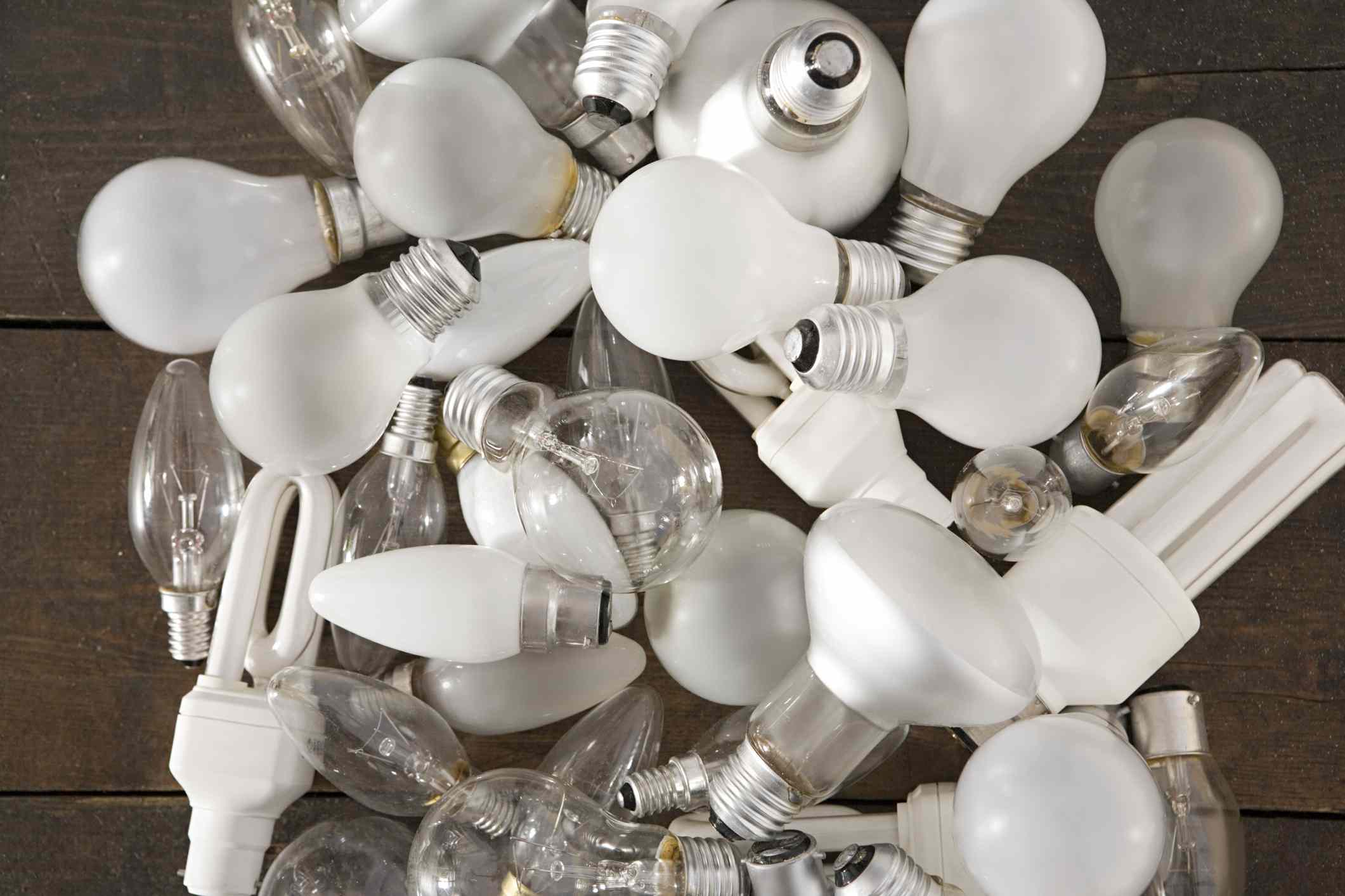

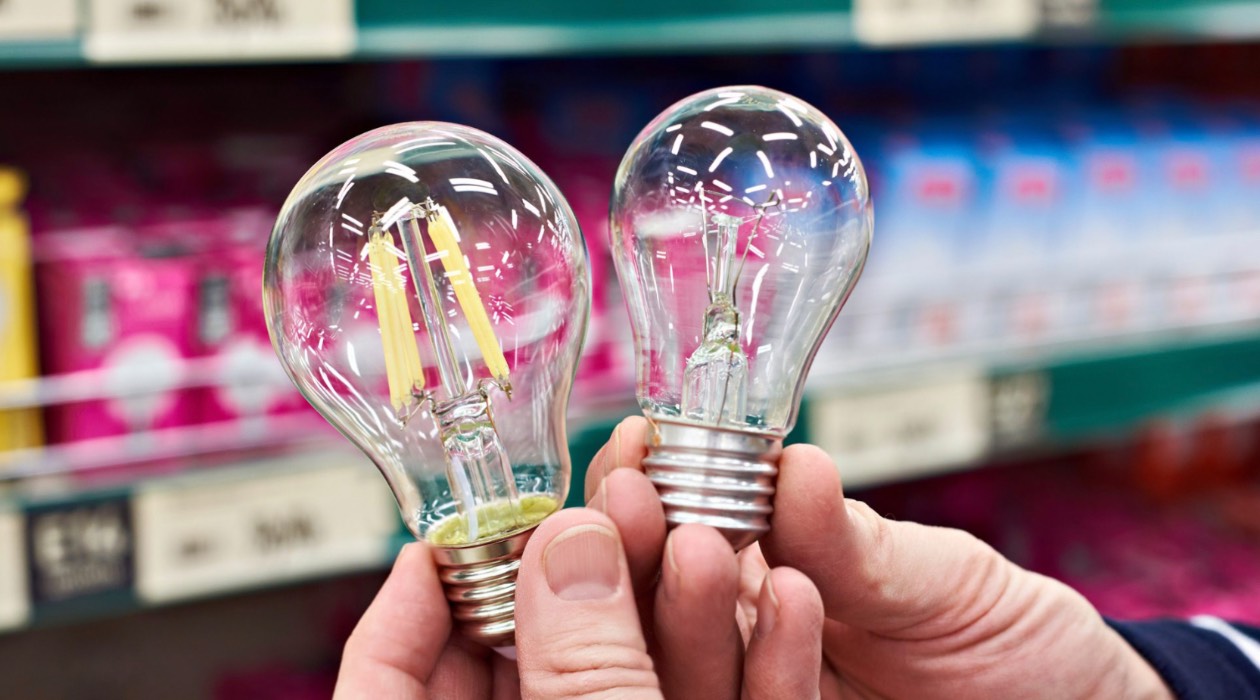

0 thoughts on “How Did Light Bulb Impact The World”